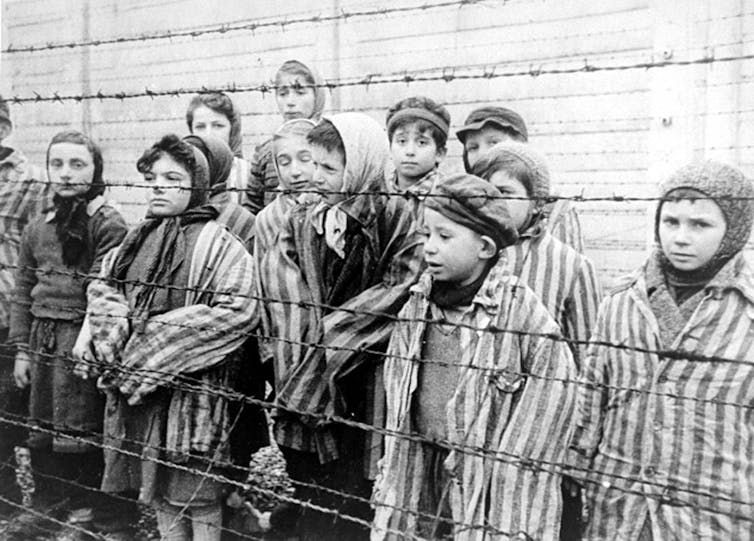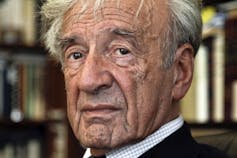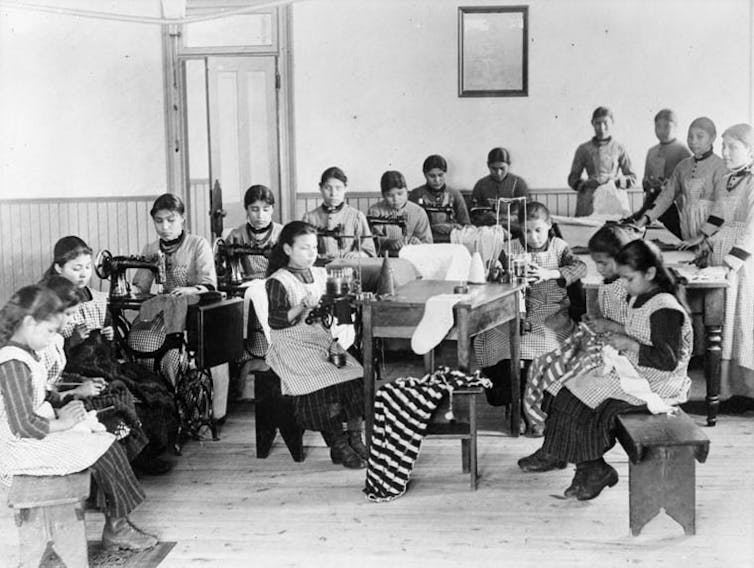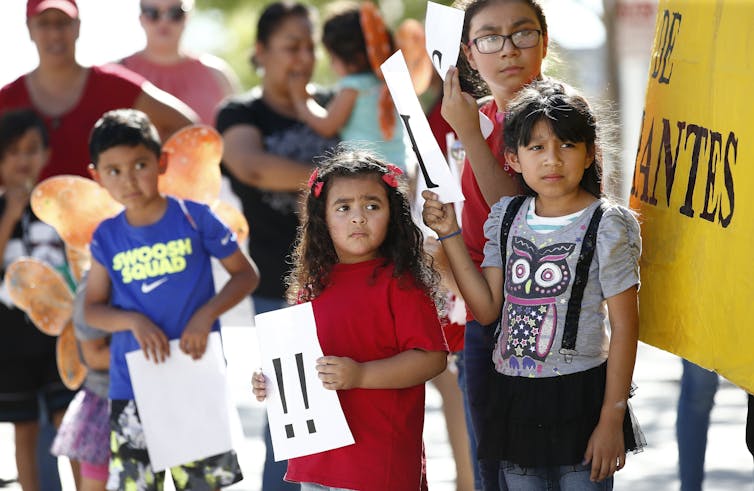 |
| "Jurassic World: Fallen Kingdom" (Still from trailer) |
A staggering $380 million has been generated by total 3D ticket sales and 28% of all 3D transactions have been purchased for RealD equipped theaters resulting in $105 million in RealD ticket sales.
Director J.A. Bayona and star Chris Pratt have both enthusiastically endorsed and supported the way the film was executed and enhanced in 3D.
"This is the kind of epic summer adventure film that is meant to be seen and experienced in RealD 3D and it is clear that moviegoers worldwide want to see these juggernauts with their 3D glasses on," said Travis Reid, President of Worldwide Cinema and Chief Operating Officer for RealD. "Universal, Amblin and especially the stars and filmmakers did a fantastic job promoting this film and communicating that the 3D was an exceptional experience and that always makes a difference, especially with a film like this."
"With the worldwide success of recent films like Avengers: Infinity War, which crossed $800 million in 3D grosses worldwide and earlier this year Ready Player One, audiences have shown that 3D is still an important entertainment upgrade and preference on the right tentpole titles when they go to the theater," said Reid. "Universal has been a great supporter of 3D on the Jurassic Park franchise and we could not be more thrilled for the huge rewards they are reaping all around the world."
 |
| "Jurassic World: Fallen Kingdom" - Poster (Via RealD) |
It's been three years since theme park and luxury resort Jurassic World was destroyed by dinosaurs out of containment.
Isla Nublar now sits abandoned by humans while the surviving dinosaurs fend for themselves in the jungles.
When the island's dormant volcano begins roaring to life, Owen (Chris Pratt) and Claire (Bryce Dallas Howard) mount a campaign to rescue the remaining dinosaurs from this extinction-level event.
Owen is driven to find Blue, his lead raptor who's still missing in the wild, and Claire has grown a respect for these creatures she now makes her mission.
Arriving on the unstable island as lava begins raining down, their expedition uncovers a conspiracy that could return our entire planet to a perilous order not seen since prehistoric times.
With all of the wonder, adventure and thrills synonymous with one of the most popular and successful series in cinema history, this all-new motion-picture event sees the return of favorite characters and dinosaurs—along with new breeds more awe-inspiring and terrifying than ever before.
"Welcome to Jurassic World: Fallen Kingdom."
Stars Pratt and Howard return alongside executive producers Steven Spielberg and Colin Trevorrow for Jurassic World: Fallen Kingdom.
They are joined by co-stars James Cromwell, Ted Levine, Justice Smith, Geraldine Chaplin, Daniella Pineda, Toby Jones, Rafe Spall and Isabella Sermon, while BD Wong and Jeff Goldblum reprise their roles.
Directed by J.A. Bayona (The Impossible), the epic action-adventure is written by Jurassic World's director, Colin Trevorrow, and its co-writer, Derek Connolly.
Producers Frank Marshall and Pat Crowley once again partner with Spielberg and Trevorrow in leading the filmmakers for this stunning installment.
Belén Atienza joins the team as a producer.
 |
| "Jurassic World: Fallen Kingdom" (Via RealD) |
SOURCE: RealD
Jurassic World 2 - Trailer:
⏩ To watch more trailers, clips, etc... visit the JurassicWorldMovie website
- Jurassic World: Fallen Kingdom Where New Dinosaurs Emerge But Who Are The Real Monsters?
- Next Edition of Moviebill Allows Fans To Bring Jurassic World Dinosaurs Home With Them
- Jurassic World: Can We Really Resurrect A Dinosaur?
- From Universal Pictures Home Entertainment: Jurassic Park 25th Anniversary Collection
- World Premiere of Jurassic World in Concert












 Immigrant rights advocates speak against Trump’s policies in New Mexico. (AP Photo/Russell Contreras, File)
Immigrant rights advocates speak against Trump’s policies in New Mexico. (AP Photo/Russell Contreras, File)



















